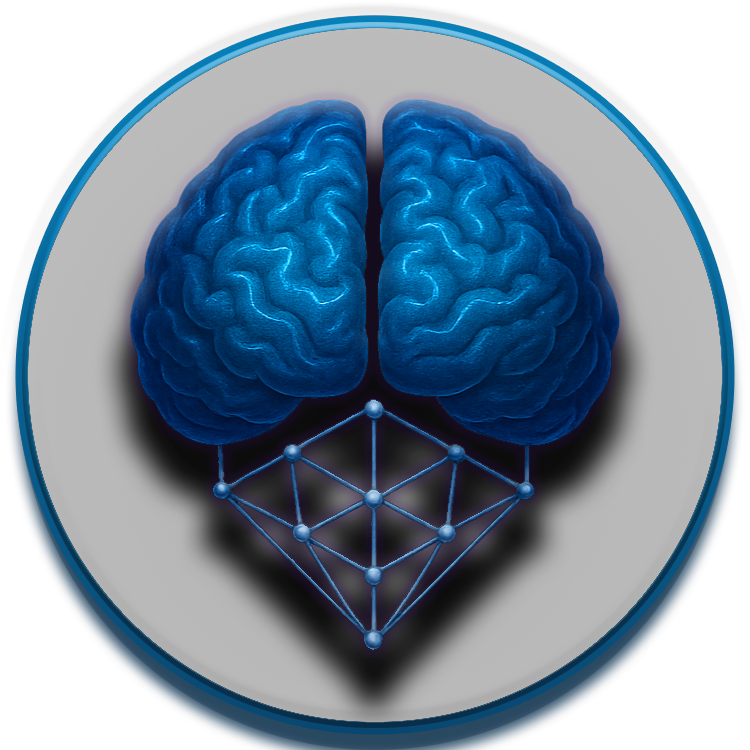
Memory System Directory Structure¶
Last Updated: April 14, 2025
This document defines the directory structure for the Neuroca memory system as part of the refactoring effort. This structure ensures clean separation of concerns, logical organization, and adherence to the AMOS guidelines.
Overview¶
The memory system code will be organized into the following primary directories:
src/neuroca/memory/
├── interfaces/ # Interfaces for all components
├── models/ # Data models shared across components
├── backends/ # Storage backend implementations
├── tiers/ # Memory tier implementations
├── manager/ # Memory manager implementation
├── utils/ # Utility functions and helpers
├── exceptions.py # Exception hierarchy
├── constants.py # Shared constants and enums
├── config.py # Configuration management
└── README.md # System documentation
Detailed Structure¶
Interfaces (interfaces/)¶
Defines the contracts for all components of the memory system.
interfaces/
├── __init__.py # Exports all interfaces
├── storage_backend.py # StorageBackendInterface
├── memory_tier.py # MemoryTierInterface
└── memory_manager.py # MemoryManagerInterface
Models (models/)¶
Contains data models used throughout the memory system.
models/
├── __init__.py # Exports all models
├── memory_item.py # Core memory item models
├── search.py # Search-related models
└── working_memory.py # Working memory models
Backends (backends/)¶
Implements specific storage technologies.
backends/
├── __init__.py # Exports backend classes
├── factory.py # StorageBackendFactory
├── base.py # Base implementation
├── in_memory_backend.py # Simple in-memory implementation
├── redis_backend.py # Redis implementation
├── sql_backend.py # SQL database implementation
└── vector_backend.py # Vector database implementation
Tiers (tiers/)¶
Implements the memory tiers with tier-specific behaviors.
tiers/
├── __init__.py # Exports tier classes
├── factory.py # MemoryTierFactory
├── base.py # Base tier implementation
├── stm.py # Short-term memory implementation
├── mtm.py # Medium-term memory implementation
└── ltm.py # Long-term memory implementation
Manager (manager/)¶
Implements the memory manager as the central coordination component.
manager/
├── __init__.py # Exports manager classes
├── core.py # Main MemoryManager implementation
├── consolidation.py # Memory consolidation logic
├── decay.py # Memory decay logic
├── working_memory.py # Working memory management
└── utils.py # Manager-specific utilities
Utils (utils/)¶
Contains utility functions and helpers.
utils/
├── __init__.py # Exports utility functions
├── embedding.py # Text embedding utilities
├── text_processing.py # Text processing functions
├── relevance.py # Relevance calculation functions
└── serialization.py # Serialization utilities
File Naming and Organization Conventions¶
- Interfaces should be named with the suffix
Interface(e.g.,StorageBackendInterface). - Implementations should be named after what they implement (e.g.,
RedisBackend). - Factory classes should be named with the suffix
Factory(e.g.,StorageBackendFactory). - Utility functions should be grouped by functionality in appropriately named modules.
- Test files should mirror the structure of the implementation files with a
test_prefix.
Test Structure¶
Tests will mirror the implementation structure under the tests/ directory:
tests/unit/memory/
├── interfaces/ # Tests for interface contracts
├── models/ # Tests for data models
├── backends/ # Tests for storage backends
├── tiers/ # Tests for memory tiers
├── manager/ # Tests for memory manager
└── utils/ # Tests for utilities
tests/integration/memory/
├── backends/ # Integration tests for backends
├── tiers/ # Integration tests for tiers
└── manager/ # Integration tests for manager
Implementation Approach¶
- Interfaces First: Implement and stabilize all interfaces before implementation
- Bottom-Up: Implement in this order:
- Storage backends
- Memory tiers
- Memory manager
- Test-Driven: Write tests before implementation
Notes¶
- Keep files under 500 lines per AMOS guidelines (AMOS-ORG-2)
- Follow modular design principles (AMOS-MOD-1)
- Ensure clear separation of concerns (AMOS-STRUCT-1)
- Define clean interfaces between components (AMOS-EXT-1)
- Place configuration in appropriate location (AMOS-CONF-1)
- Avoid hardcoding configuration values (AMOS-CONF-2)